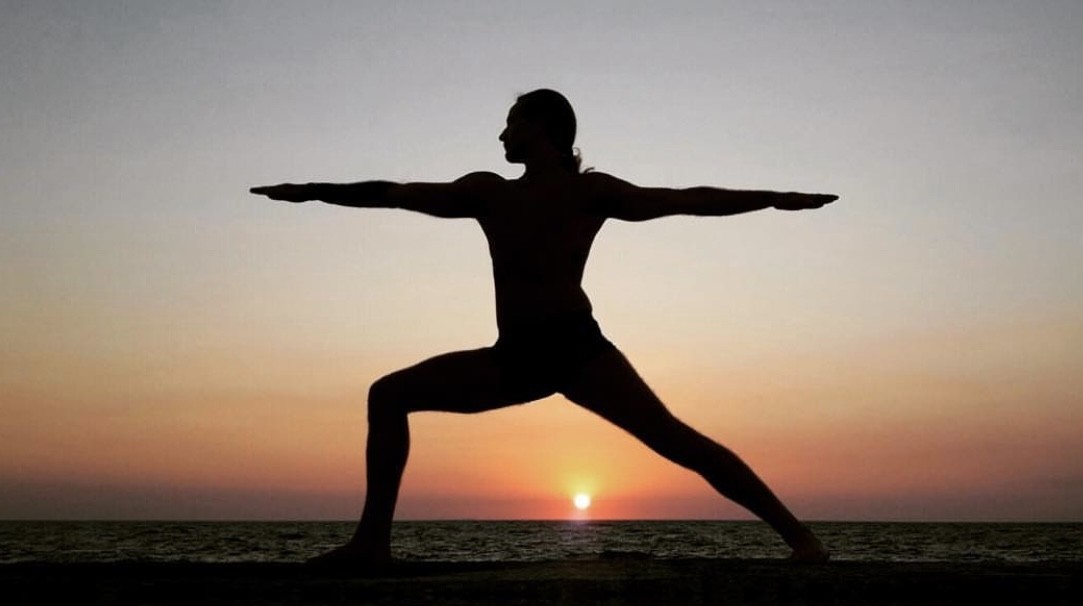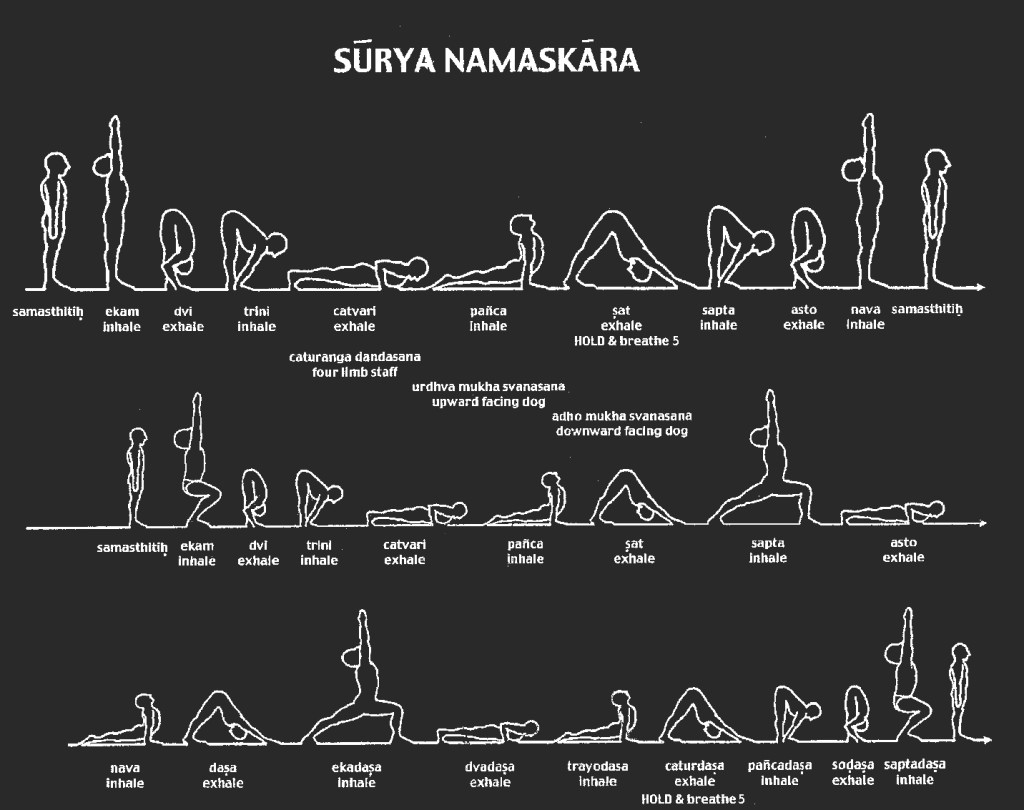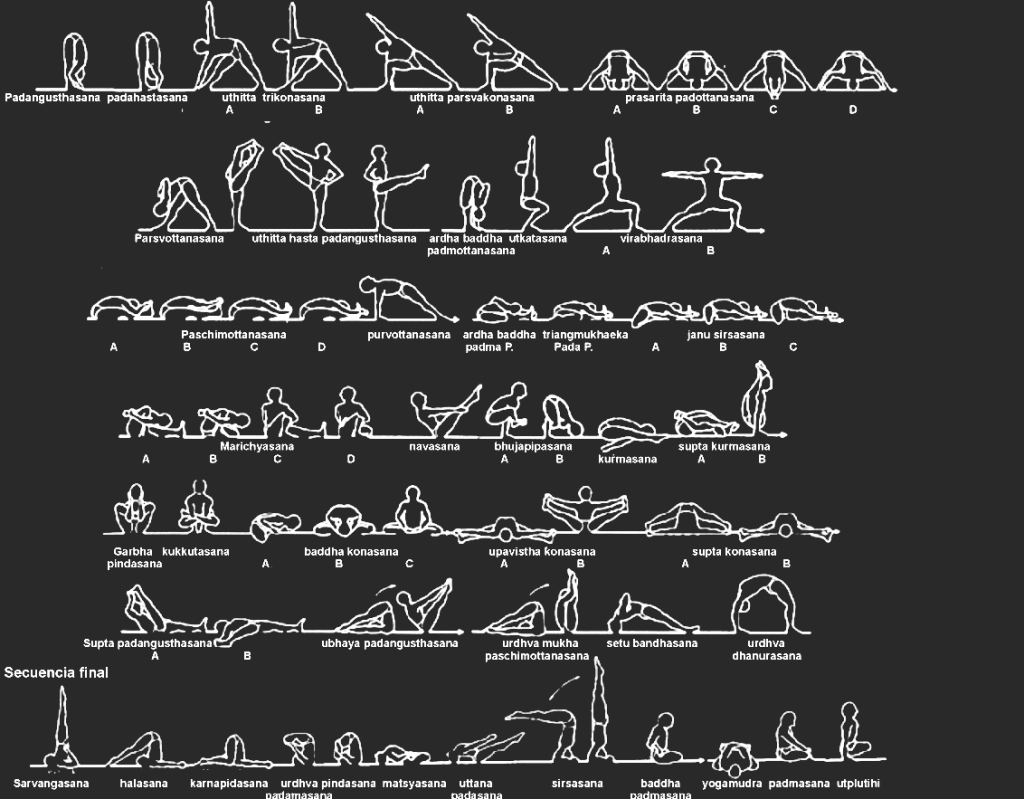FOR ENGLISH SCROLL DOWN
***
ASHTANGA YOGA
secondo la tradizione di Sri K. Pattabhi Jois.
L’Ashtanga Yoga deriva dagli insegnamenti di Sri K. Pattabhi Jois (fondatore dell’Ashtanga Yoga Research Institute di Mysore, in India) e del suo maestro Sri T. Krishnamacharya.
E' una disciplina caratterizzata da sequenze di movimenti sincronizzati con il respiro (vinyasa), che consentono di unire il mondo esteriore a quello interiore.
L’atto respiratorio ed il movimento convergono a creare una danza ritmica senza interruzioni, attraverso la quale si sviluppa un’intensa energia e si ottengono infiniti benefici.
La corretta respirazione e la chiusura delle valvole energetiche (bandha) producono un calore interno che scioglie i muscoli e purifica gli organi, facendo espellere le tossine.
L’effetto più tangibile è un corpo forte, leggero, flessibile ed armonioso.
L’’Ashtanga Yoga, tuttavia, è molto di più: è una forma di meditazione, un percorso fisico e mentale che migliora la qualità della vita.
La mente, concentrata sulla pratica e distolta dai suoi pensieri abituali, si calma.
Lo stress scompare e la capacità di concentrarsi aumenta.
La condizione di totale equilibrio con il corpo e la mente conduce alla pace interiore e ad una ritrovata spiritualità, consentendo di sentirsi maggiormente connessi con se stessi e con il mondo circostante.
Se praticato regolarmente, l’Ashtanga Yoga conduce ad una maggiore consapevolezza fisica, psicologica e spirituale.
L’Ashtanga Yoga può essere interpretato come uno strumento per mantenersi fisicamente in forma o come un percorso volto ad esplorare la propria spiritualità.
In entrambi i casi, c'è un solo modo per raccoglierne i benefici ed è la pratica!
ASHTANGA YOGA
as taught by Sri K. Pattabhi Jois.
Traditional Ashtanga Yoga is derived from the teachings of Sri K. Pattabhi Jois (founder of the “Ashtanga Yoga Research Institute” in Mysore, India) and his teacher, Sri T. Krishnamacharya.
This particular system of Yoga is based on specific sequencing of postures and focused breathing techniques.
This is one of the main features of Ashtanga: breathing and movement cease to be separate entities and converge, to create a dance, a choreography, a moving meditation.
The complete name of this practice is “Ashtanga Vinyasa Yoga”.
The vinyasa is the dynamic marriage of breathing and movement.
The Primary Series of Ashtanga Yoga is known in Sanscrit as “Yoga Chikitsa”, which means “Yoga Therapy”.
It’s a healing process of cleansing and toning for the body, mind and spirit.
The asanas (postures) are arranged in specific sequences, designed to align the body and strengthen the nervous system.
However, Ashtanga Yoga is much more: it’s a form of meditation, a physical and mental path that leads to a more fulfilling life.
The sound of the breath becomes a mantra, to set the mind free.
The stress is converted into prana (life force).
Through the practice, personal insights begin to manifest.
We become more aware of what’s going on inside and how we interact with the world around us.
When practiced with regulation, Ashtanga Yoga leads to a greater physical, mental and emotional awareness.
Ashtanga Yoga may be used as a great fitness program or it may be a pathway to explore our spirituality.
Whatever we choose, there is only one way to enjoy its benefits: practice!




